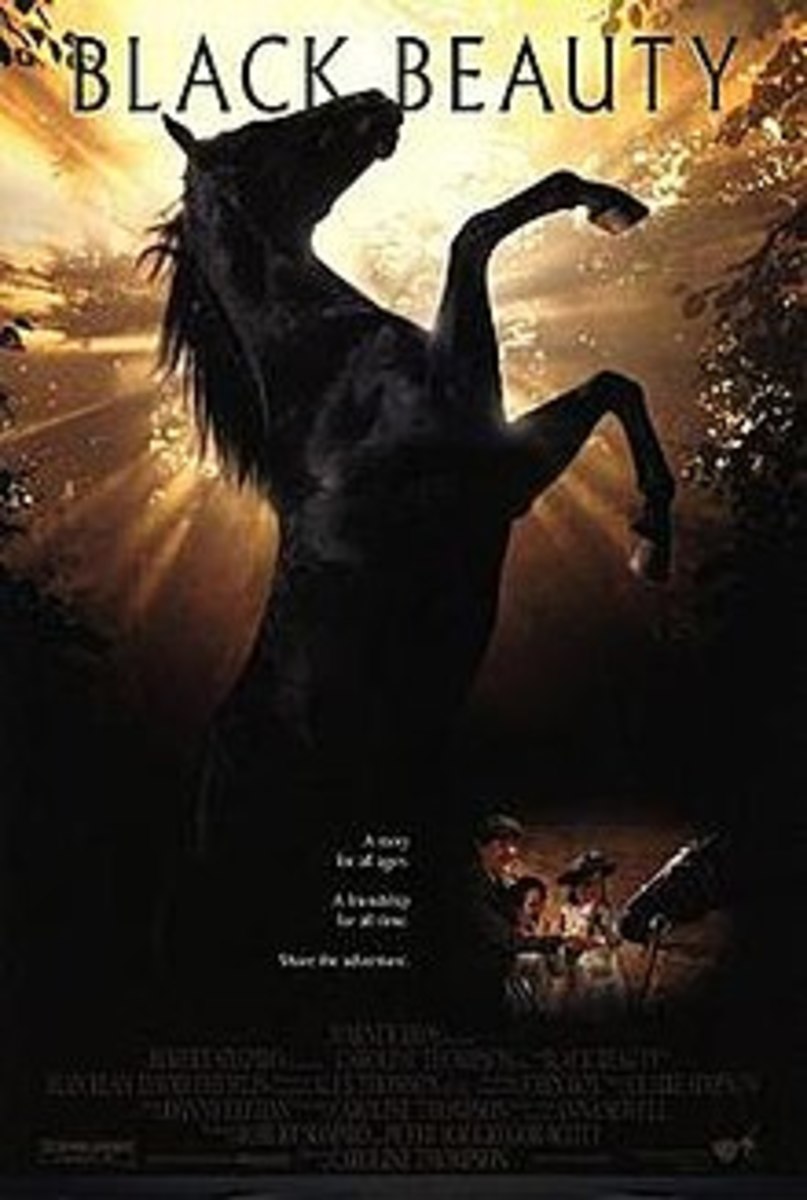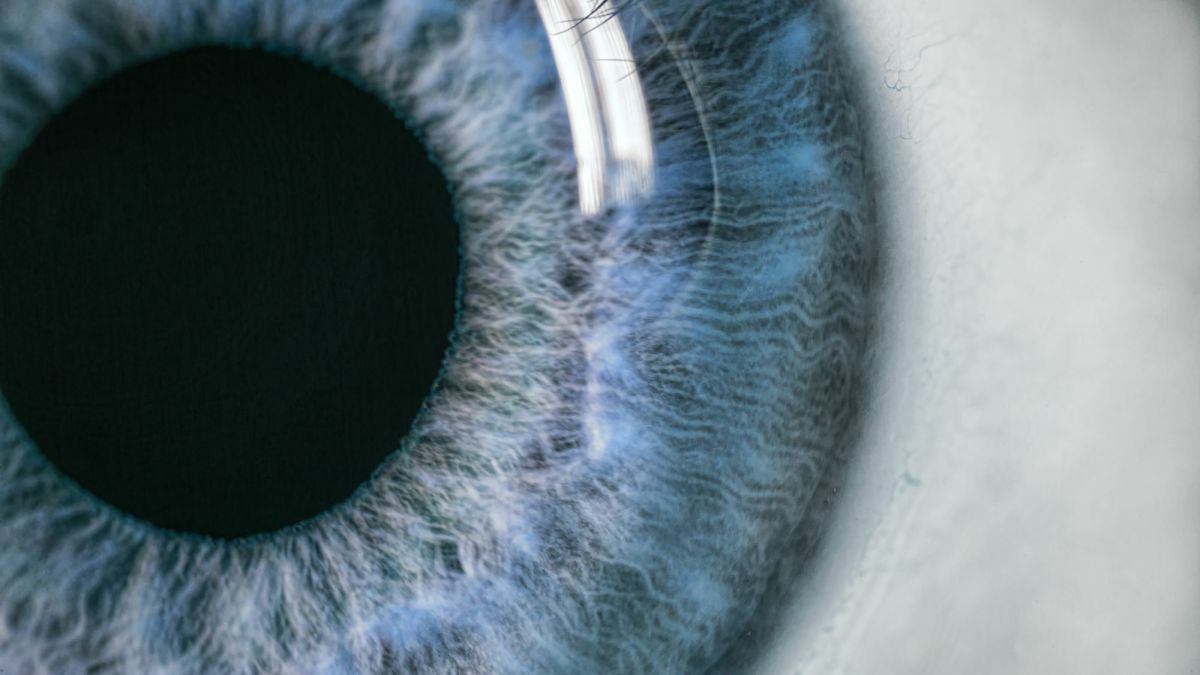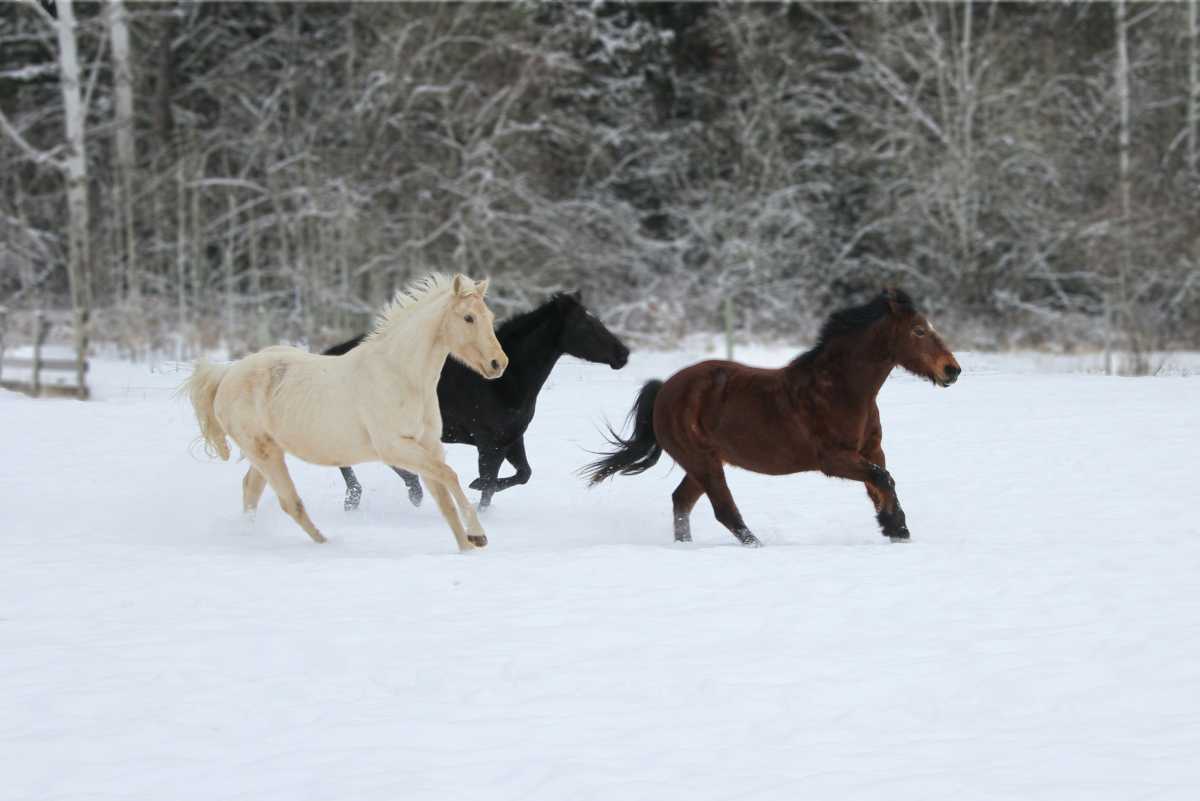Understanding Horse Color: The Basics
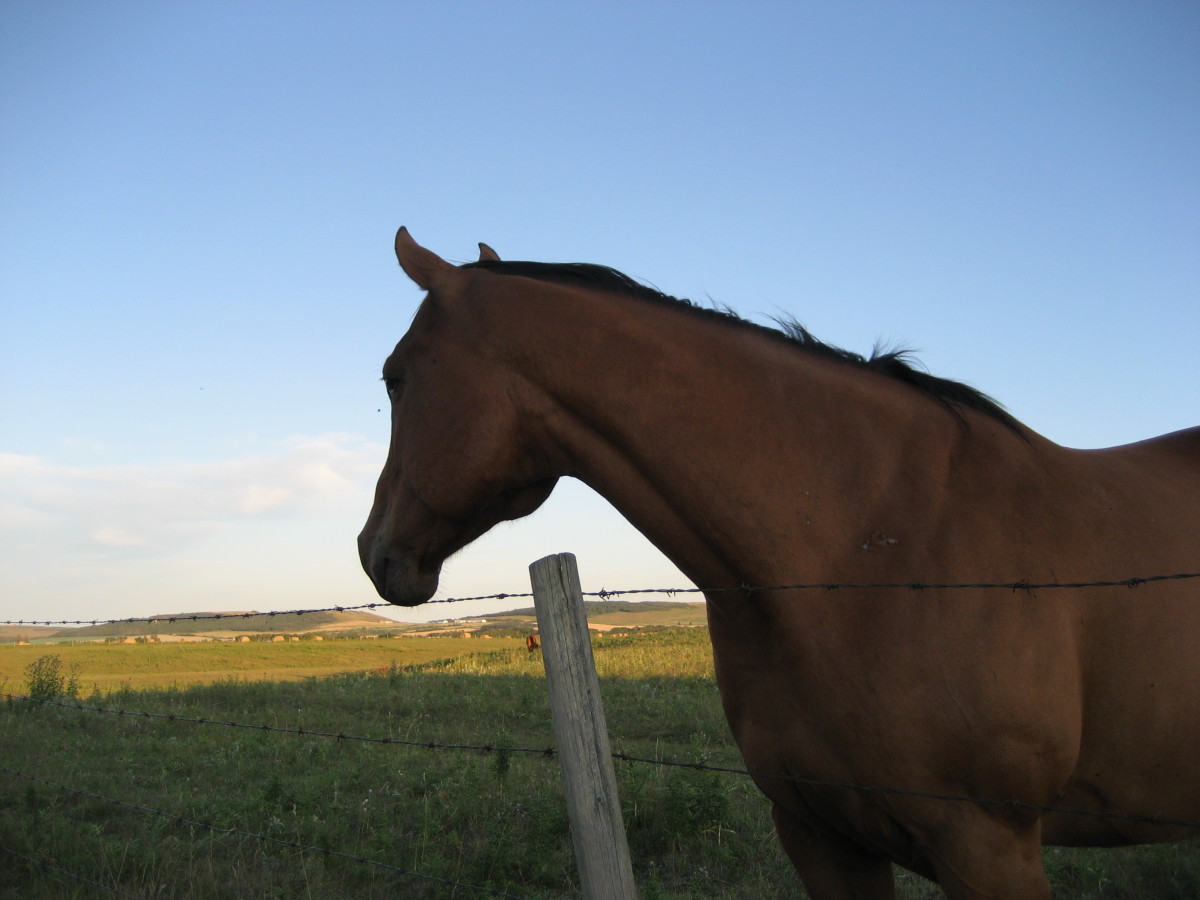
Bewildering Variety
Horses come in all shapes, sizes...and colors. Equine color is often not really well understood by people who haven't ridden, and even by some people who have ridden for years and never really considered the matter.
Most laymen perceive brown, white, black and spotted horses and go no further than that, but the variety of horse color goes far beyond that.
I'm going to start with what is generally considered the horse's 'base' color.
Red Or Dark?
The first consideration with a horse is whether it is 'red' based or 'dark or black' based. The gene that determines this is often inaccurately called the 'black' gene, but is technically referred to as the 'extension' gene.
To understand how it works we need to remember that there are two basic pigments in mammals. Melanin produces brown or black coloration depending on its intensity. Eumelanin produces yellow, orange, or red. Some human redheads - the kind that have hazel eyes - actually produce only eumelanin, which is why such individuals are so prone to sunburn.
Extension, however, does not work like that. If a horse has the extension gene, melanin production is permitted to 'extend' from the skin into the hair follicles, and the hair will be black. Without that gene, there is no melanin in the hair follicles, and the hair is red.
Or, in much less technical terms, extension 'makes' a horse black.
This gives two basic colors: Black and chestnut/sorrel.
What About Brown?
There is such a thing as a brown horse, but it is created by varied factors, not all of which we understand.
When a layman sees a 'brown' horse, he is most likely either seeing a darker shade of chestnut or the most common horse color in the world: Bay.
A bay horse has a brown body and black points (in a horse, 'points' refers to the mane, tail, legs below the major joints, and also the muzzle and tips of the ears).
Obviously, the bay horse has to have 'extension' (the dark gene). A second gene, technically called 'agouti' creates the bay effect by lightening the hair on the body to some degree - the exact shade can vary considerably. The photo with this article shows a bay horse.
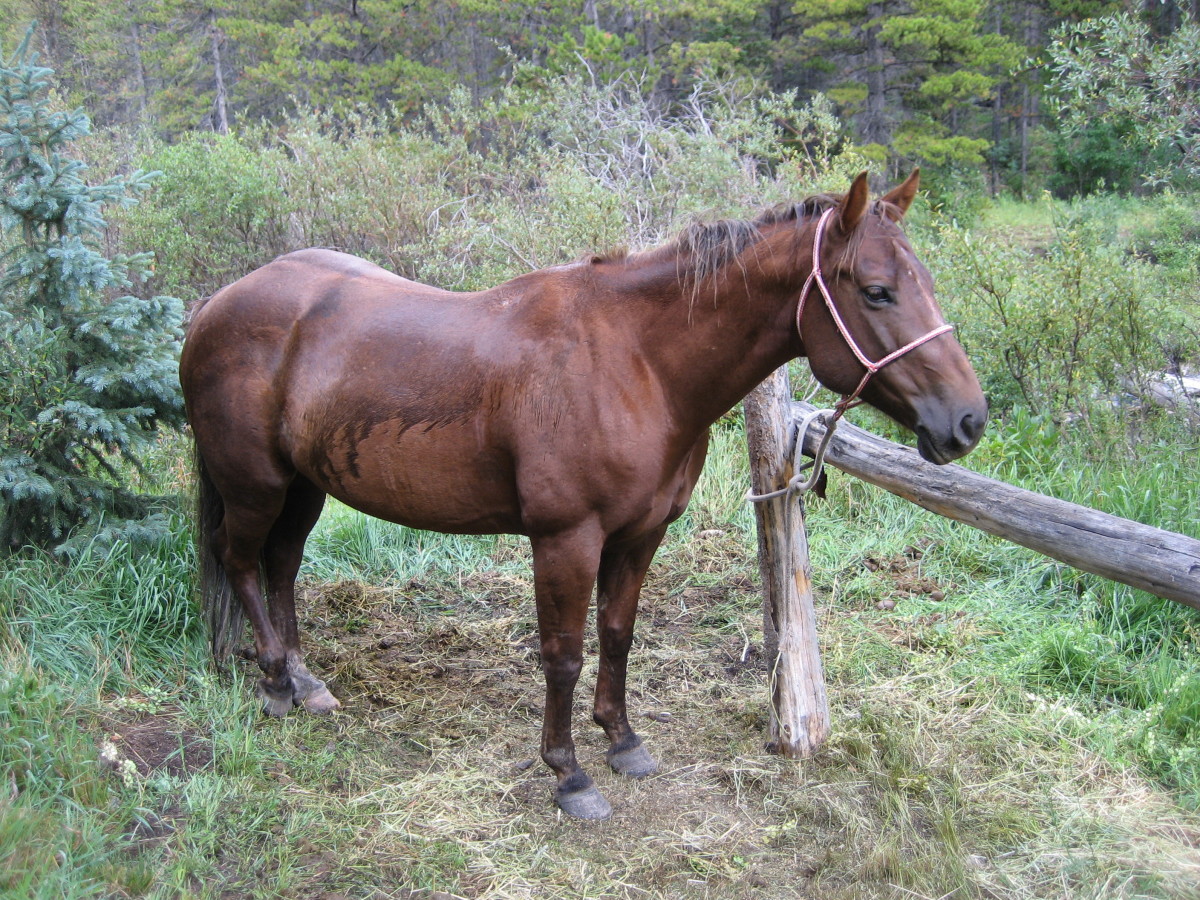
Dominant Black?
It is theorized that there may be a dominant black gene in horses that overrules agouti and makes the horse black all over (self) colored. However, this gene has not been mapped or proven. Its existence is suspected based off of pedigree and offspring analysis.
If it does exist, it is a simple dominant gene and its presence makes a horse very dark black, without the fading that many black horses exhibit in the summer. Such horses are sometimes called 'blue' blacks.
Everything else?
Every other horse color is created by a modifier gene. These genes generally fall into two groups, and the next articles in the series will discuss them.
Briefly, however, the two kinds of modifiers are dilutions (which lighten the coat) and patterns (which cause partial or total lack of pigmentation in the coat and sometimes the skin).



